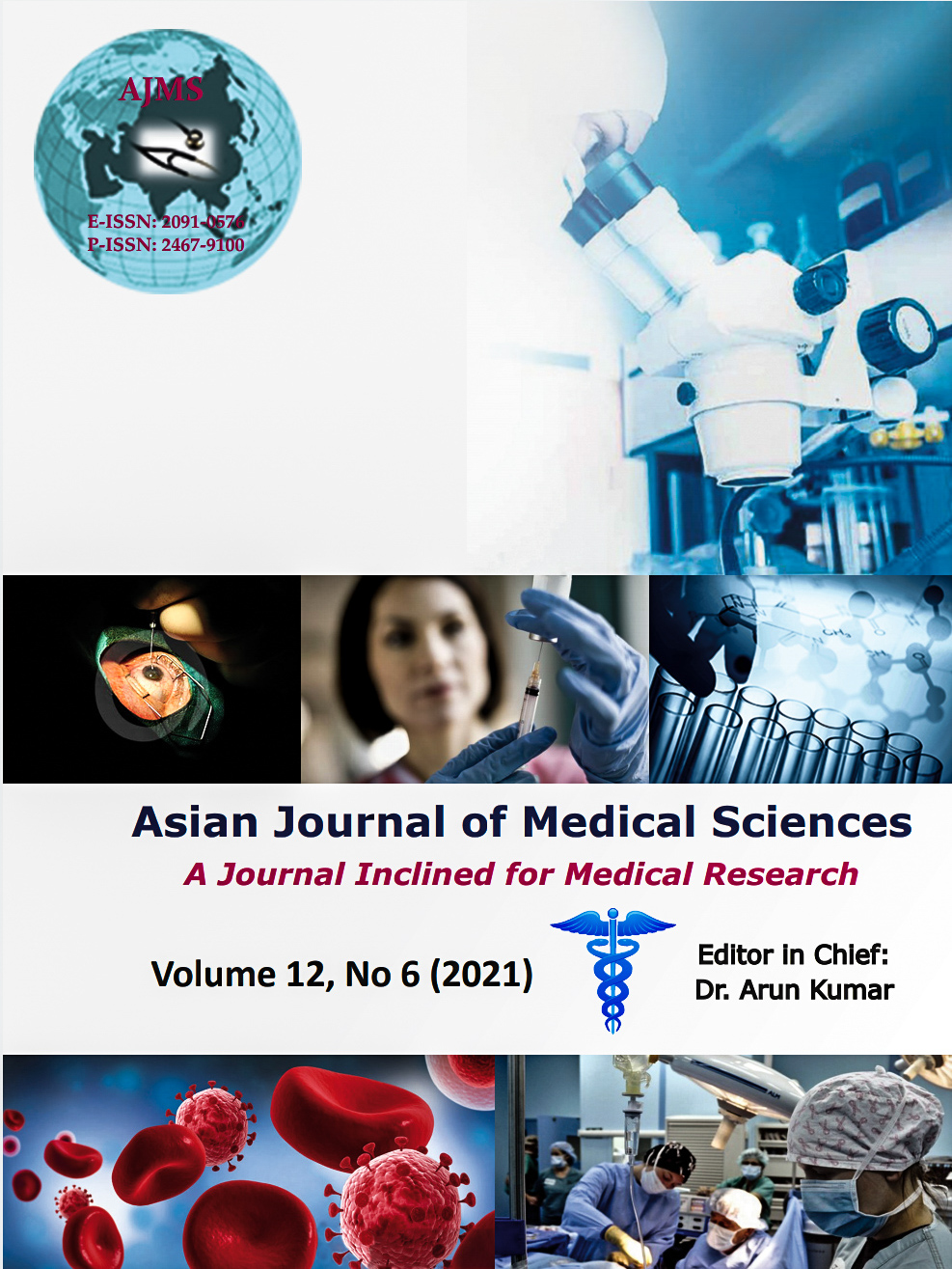Proximal Fibular Osteotomy vs high Tibial Osteotomy in medial compartment Osteoarthritis of knee
Keywords:
Knee osteoarthritis, proximal fibular Osteotomy, high tibial Osteotomy, functional outcomeAbstract
Background: Osteoarthritis of knee is one of the common conditions seen in older individuals and known to affect quality of life considerably. It makes it difficult for individuals with knee osteoarthritis to climb stairs, walk long distances, and stand for long time and squatting. In intractable cases not responding to conservative management surgical management such as proximal fibular Osteotomy (PFO) or high tibial Osteotomy (HTO) is routinely done. We conducted this comparative study to analyse the functional outcome of patients who had undergone HTO and PFO for medial compartment osteoarthritis of knee joint.
Aims and Objectives: 1) To analyse the functional outcome of patients who had undergone HTO and PFO for medial compartment osteoarthritis of knee joint. 2) To compare complication rates in both the groups.
Materials and Methods: A total of 60 patients with medial compartment knee osteoarthritis were included in this study on the basis of a predefined inclusion and exclusion criteria. Patients were randomized to 2 groups. Thirty patients undergoing proximal fibular osteotomy (Group A) and 30 patients undergoing high tibial osteotomy (Group B). The patients were followed up for improvements in functional outcome for 12 months. The statistical analysis was done using SSPS 21.0 software and p value less than 0.05 were taken as statistically significant.
Results: Mean time for surgery was less for PFO surgery as compared to HTO and the difference was statistically significant. Moreover mean bleeding amount, drainage volume and time required for full weight bearing was low in PFO group as compared to HTO group and the difference was found to be statistically significant (P<0.05). The mean VAS score at the time of presentation in PFO and HTO groups was found to be 4.9 +/- 1.12 and 4.7 +/- 1.02 respectively. A statistically significant reduction in pain was documented at the time of follow up of 4 weeks in both the groups. The functional outcome and complication rates were comparable in both the groups.
Conclusion: Proximal fibular osteotomy is a better option as compared to high tibial osteotomy in terms of mean surgery time, mean bleeding amount, drainage volume and time required for full weight bearing. Functional outcome and improvement in VAS were comparable in both the groups.
Downloads
Downloads
Published
How to Cite
Issue
Section
License
Authors who publish with this journal agree to the following terms:
- The journal holds copyright and publishes the work under a Creative Commons CC-BY-NC license that permits use, distribution and reprduction in any medium, provided the original work is properly cited and is not used for commercial purposes. The journal should be recognised as the original publisher of this work.
- Authors are able to enter into separate, additional contractual arrangements for the non-exclusive distribution of the journal's published version of the work (e.g., post it to an institutional repository or publish it in a book), with an acknowledgement of its initial publication in this journal.
- Authors are permitted and encouraged to post their work online (e.g., in institutional repositories or on their website) prior to and during the submission process, as it can lead to productive exchanges, as well as earlier and greater citation of published work (See The Effect of Open Access).




